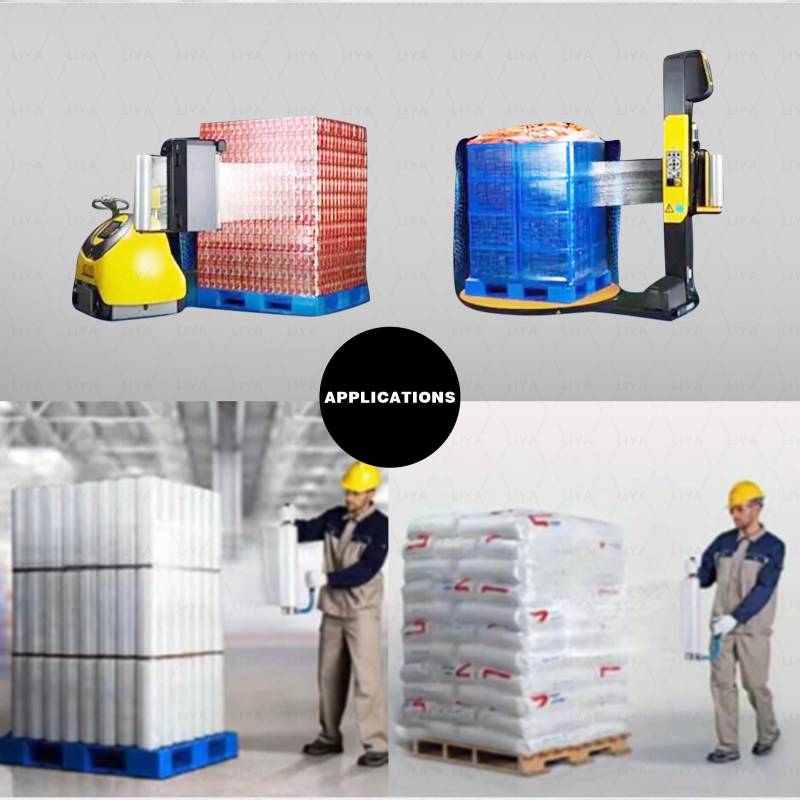Cost of waste disposal bags for eco-friendly solutions
Understanding Refuse Bag Prices Factors and Trends
In today's environmentally conscious world, the topic of waste management has gained paramount importance. Among the myriad solutions available, refuse bags play a critical role in facilitating proper disposal of waste. As urban areas grow and waste disposal regulations tighten, the demand for refuse bags has soared, prompting discussions about their prices and the factors influencing them. This article delves into the various elements that contribute to the pricing of refuse bags and the emerging trends in this essential product category.
The Basics What Are Refuse Bags?
Refuse bags, commonly known as garbage or trash bags, are essential for storing and disposing of waste materials. They come in various sizes, materials, and styles, tailored to meet different waste management needs. From the sturdy bags designed for commercial use to biodegradable options aimed at eco-conscious consumers, the market for refuse bags is diverse. Understanding the price spectrum of these bags requires a look at the underlying factors at play.
Material Composition
One of the primary determinants of refuse bag prices is the material used in manufacturing them. Traditional refuse bags are typically made from high-density polyethylene (HDPE) or low-density polyethylene (LDPE). These materials are durable and resistant to tearing, making them ideal for holding heavy or sharp objects. However, the fluctuation in the prices of raw materials can directly affect the cost of refuse bags. For example, a rise in the price of petroleum, a feedstock for plastic production, can lead to an increase in refuse bag prices.
In contrast, biodegradable refuse bags, which are made from starch-based materials or other compostable substances, may typically have a higher price point due to the more expensive raw materials and manufacturing processes involved. As environmental awareness continues to grow, more consumers are willing to pay a premium for eco-friendly options, which can drive up the average refuse bag price even further.
Size and Capacity
Another significant factor influencing refuse bag prices is size. Refuse bags come in a myriad of sizes, from small kitchen bags to large contractor bags meant for heavy-duty tasks like construction debris disposal. Generally, larger bags tend to cost more, but they also offer more value per unit volume compared to smaller bags. Therefore, consumers often face a trade-off between size, cost, and convenience when purchasing refuse bags.
refuse bag price

Market Demand and Supply Chain Dynamics
Market demand and supply chain logistics also play crucial roles in determining refuse bag prices. During peak seasons like spring cleaning or post-holiday periods, the demand for refuse bags can spike, leading to temporary price increases. Additionally, any disruptions in the supply chain—such as those caused by natural disasters or geopolitical events—can hinder production and distribution, causing prices to rise. As e-commerce becomes more prevalent, online retailers must also factor in shipping costs, which can influence the final price consumers pay for refuse bags.
Brand and Packaging
Branding and packaging have grown increasingly important in consumer goods. Major brands often charge a premium for refuse bags due to their established reputation and perceived quality. Consumers may be willing to spend more on well-known brands that promise durability and reliability.
Moreover, appealing packaging and marketing strategies can enhance consumer willingness to pay higher prices. Brands that highlight environmental benefits through innovative packaging or unique selling propositions can effectively attract eco-conscious consumers.
Conclusion The Future of Refuse Bag Pricing
As waste management regulations become stricter and environmental trends continue to evolve, the refuse bag market will likely see ongoing changes. Innovations in sustainable materials, shifts in consumer preferences, and market dynamics will shape the future pricing landscape. For consumers, understanding the factors influencing refuse bag prices can lead to more informed purchasing decisions.
While prices may vary widely based on material, size, demand, and branding, the fundamental role of refuse bags in maintaining hygiene and cleanliness in our communities remains unchanged. As we strive for a more sustainable future, the refuse bag industry will continue to adapt and evolve, reflecting our collective commitment to responsible waste management.
-
The Best Uses for Small Trash Bags in Daily LifeNewsJul.01,2025
-
Stylish Reusable Grocery Bags TrendsNewsJul.01,2025
-
Shipping Advantages of Using Bubble Envelopes BulkNewsJul.01,2025
-
How Compostable Mailing Bags Reduce Environmental ImpactNewsJul.01,2025
-
Environmentally - Friendly Bulk Poly MailersNewsJul.01,2025
-
Eco Friendly Custom Laminated Tote BagsNewsJul.01,2025
-
Have the freedom of customizing your custom mailers any way you want! Our dedicated packaging support will help deliver you the mailing experience you need to elevate your shipping experience to the next level! Start making a strong impression on your customers and stand out from your competitors! -
LIYA uses high quality raw materials which directly purchased from large enterprises domestic and overseas such as PetroChina, Sinopec, Sabic, Equate, ExxonMobil, Dow Chemical, Total, and Borouge, ensuring the price advantage and quality of the raw materials. -
LIYA uses high quality raw materials which directly purchased from large enterprises domestic and overseas such as PetroChina, Sinopec, Sabic, Equate, ExxonMobil, Dow Chemical, Total, and Borouge, ensuring the price advantage and quality of the raw materials.





